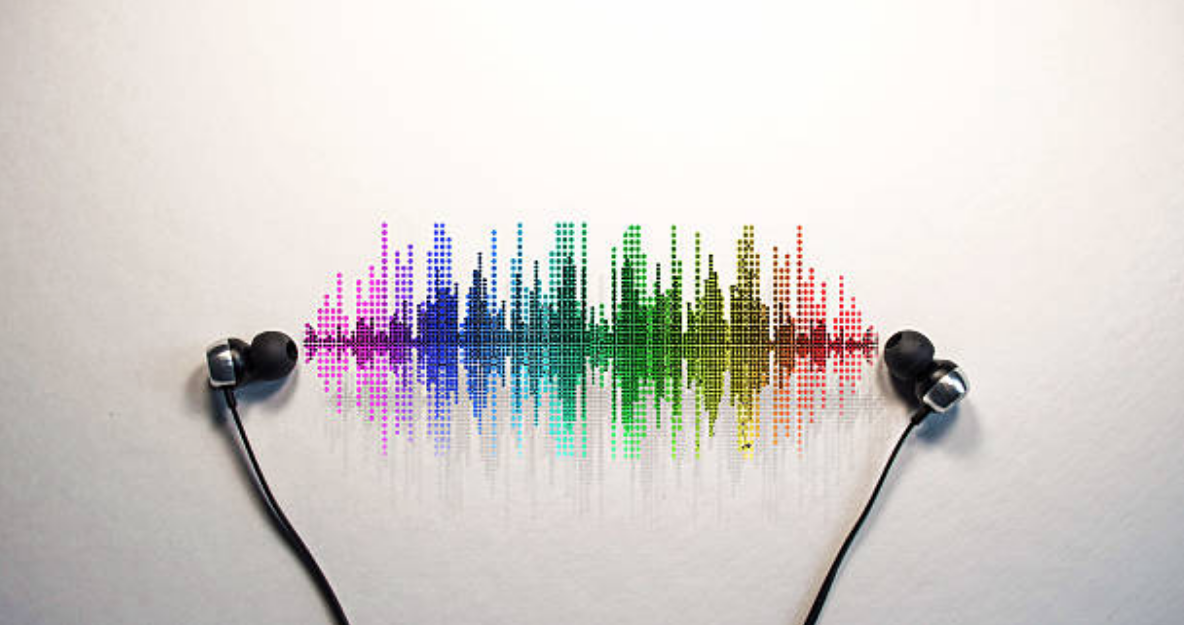Which Audio Files Should DJs use?
May 17, 2018

DJs have an ear, figuratively speaking, that’s different from most listeners. They hear nuances in songs and mixes that most people don’t. Much of that can be attributed to each person’s affinity for music and DJing. However, it could also be because of the type of digital audio files they use. There have been more than a few debates about this topic, and the deliberation has been highly subjective. To determine which audio files are best for DJs, you must consider several different factors.
Audio File Format Choices
Getting technical, there are three formats to consider when determining which audio files are best for DJing. Uncompressed files are the largest. However, they are the best representation of the original recording. Most DJs will know uncompressed files as WAV or AIFF files in their digital libraries. “Lossless” files incorporate compressed audio while retaining digital information. In other words, you practically lose no audio quality (“lossless”) in a smaller file. The most common files in this category fall under the free lossless audio codec, or FLAC.
Most people, DJs included, are more familiar with “lossy” files. These files are smaller, but they also exhibit quality loss. MP3s and AAC tracks on iTunes are the most popular lossy files used by the masses. But be careful, DJ: not all MP3s sound the same. The degree of an MP3’s compression has a massive impact on audio quality, and you should know what that means. Your listeners sure will.
Understanding Audio File Bitrate
The reality is, most untrained ears don’t typically hear the difference between lossy and lossless files. It isn’t until files are heavily compressed that glitches, or “artifacts”, become noticeable. Much of this has to do with the audio file’s bitrate. Bitrate deals with the amount of data processed in a certain amount of time. It’s usually measured in kilobits per second, or kbps. The more data processed in a second, the higher quality and better sound you will get.
That said, if you are going to use MP3s for DJing, you probably want the highest bitrate, which is 320 kbps. Most AAC files from iTunes have a 256 kbps bit rate, which, depending on your arena, will be okay. Many DJs swear that crowds cannot tell the difference between a 320 kbps file and a 192 kbps file. Survey the DJs in your local community to get their thoughts. Regardless, it is probably not a great idea to use MP3 files with a bitrate less than 192 kpbs.
Audio Files and Digital Storage Space
A more subjective variable in determining which audio files DJs should use is how much storage space you have for your music library. That may be a great factor in what files and conversion methods you may want to use for DJing.
For example, A four-minute song in WAV format can take up 40-45 Mb of space in your library. Do the math: 100 songs that length can take up four gigabytes or more on your computer or drive. Comparatively speaking, that same track in FLAC format will be approximately 20 MB, or have that size. Considering further, a four-minute MP3 converted at 320 kbps is roughly 10 Mb.
Ears and Eyes as Audio File Guides
Many DJs claim they can make a true distinction between digital files, especially between higher quality MP3s and WAV files. However, sound tests prove that few people can.
Your best tool, though, will be your ears and your crowd. Gauge for yourself the quality of your files. If you hear degraded sound quality, or if you notice gritty, distorted sound, upgrade your files immediately. Also, don’t forget to organize your library and backups to reflect your preferred audio files. You have to use the best to be the best, DJ!